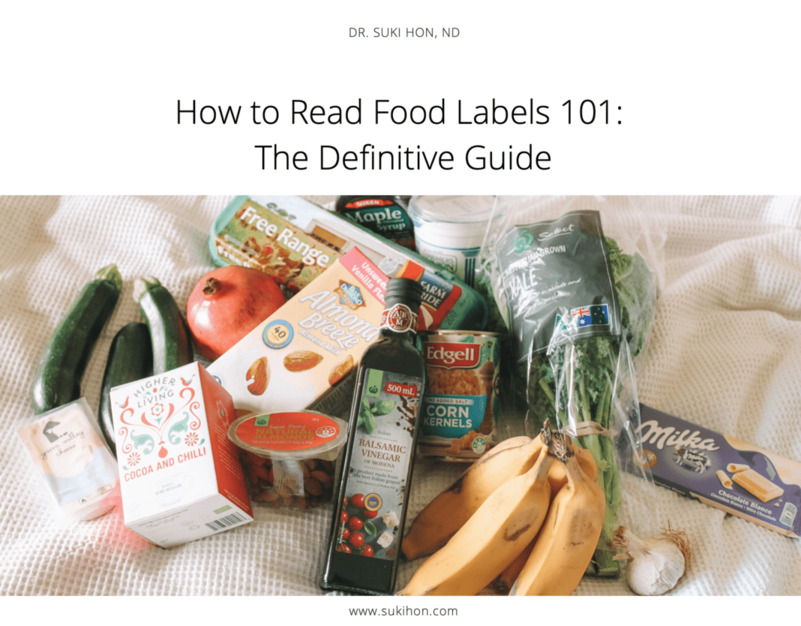When we go to the grocery store, we are often overwhelmed with so many choices. This overload can be stressful so we want you to be able to make better and more informed choices when doing your grocery run. Here, we will give you a breakdown on how to read food labels and what it all means!
CONTENTS
NUTRITION FACT TABLE
This is usually the first thing people look at – whether you are concerned about the calories, sugar content, sodium content, or what-have-you, it is important to understand what it actually means.
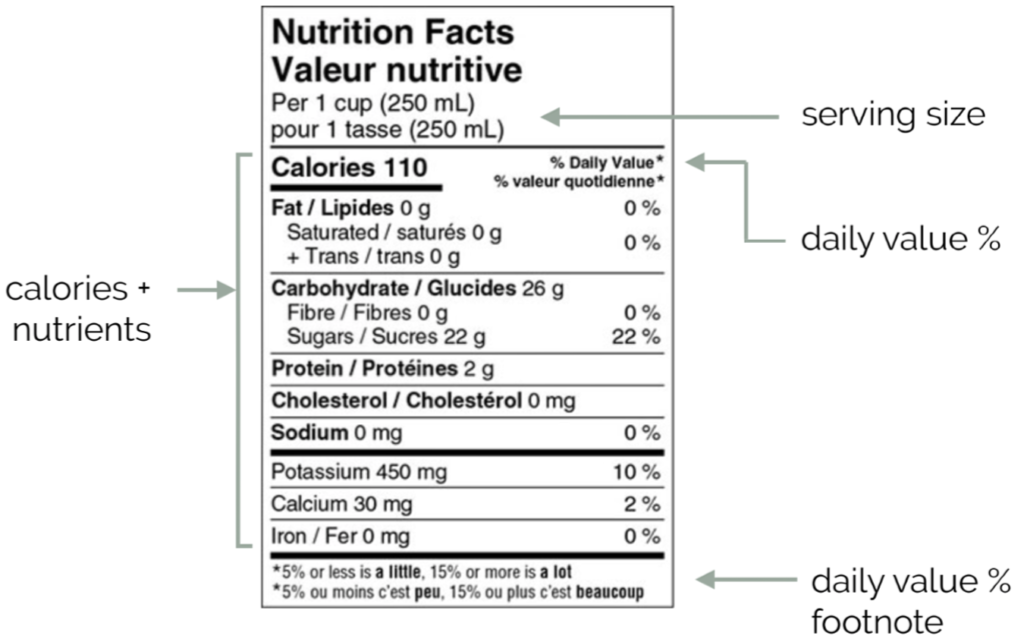
Example of a nutrition fact table with legend
Serving size: Values on label is based on the serving size listed. Adjust calories and nutrients based on how many servings you eat. In this example, there is 22g of sugar in 1 cup of this food.
Calories: A measure of energy; the amount of heat needed to raise 1 kilogram of water by 1 degree celsius; the amount of stored energy.
Core Nutrients: Fat, saturated & trans fat, carbohydrates, fibre, sugars, protein, cholesterol, sodium, Vitamin A, C, calcium, iron.
Optional Nutrients: Folate, magnesium, niacin, phosphorus, potassium, riboflavin, selenium, thiamine, vitamin B12, B6, D, E, zinc.
Daily value %: Percentage of your recommended daily intake (see table below). For example, eating 1 cup of this food will give you 10% of your daily recommended intake of potassium.
Daily value % footnote: Tells you if the serving size has a little or a lot of that particular nutrient. For example, there is very little calcium in this product because the daily value % is less than 5%
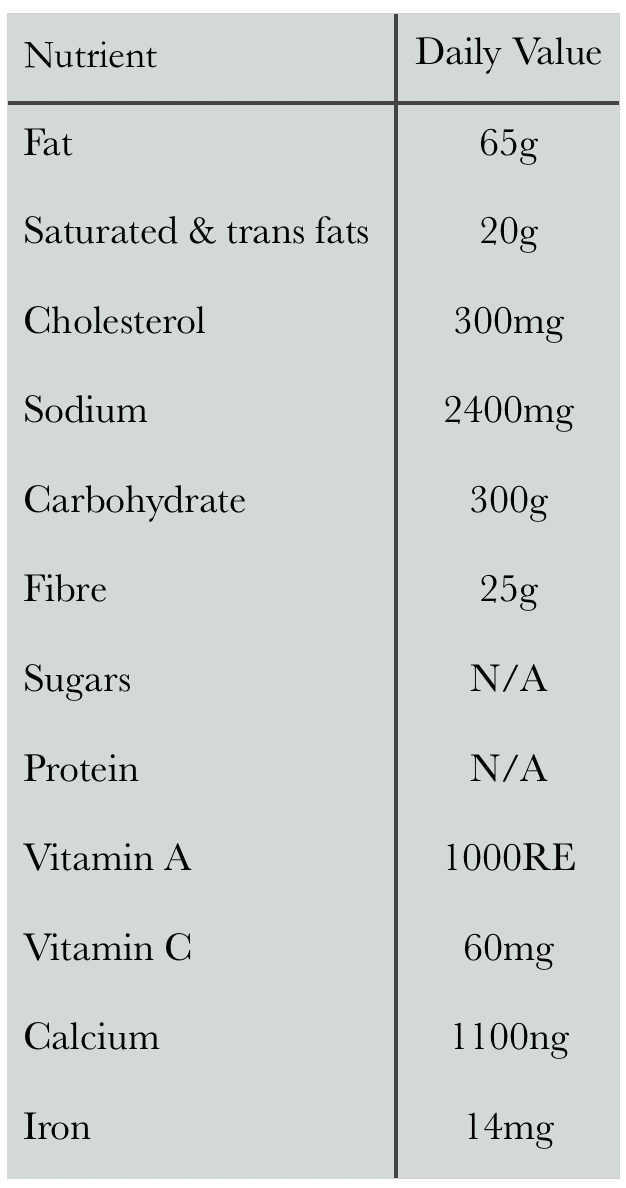
Recommended daily values for the core nutrients
When reading the nutrition fact table, it can seem quite straight forward. But it becomes a bit tricky when we want to compare similar products. To get a true sense of the differences in calories and its nutrients, both the measuring unit (i.e., 1 cup, 1 tablespoon), AND the volume/weight (i.e., milliliters, grams) of the product must be considered.
Here is an example:
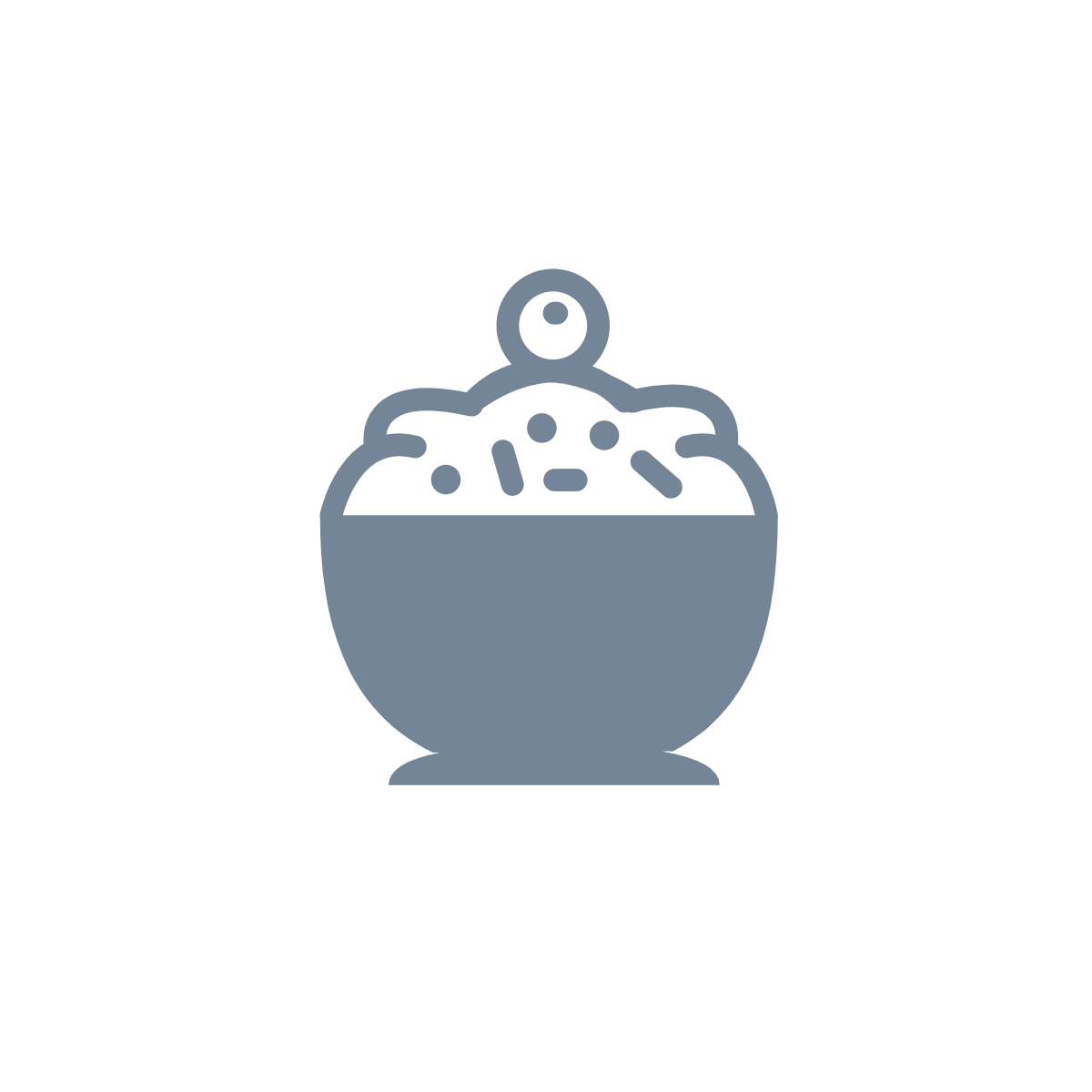
Ice cream A
Serving size: 100 g (3/4 cup)
Sugar: 20g
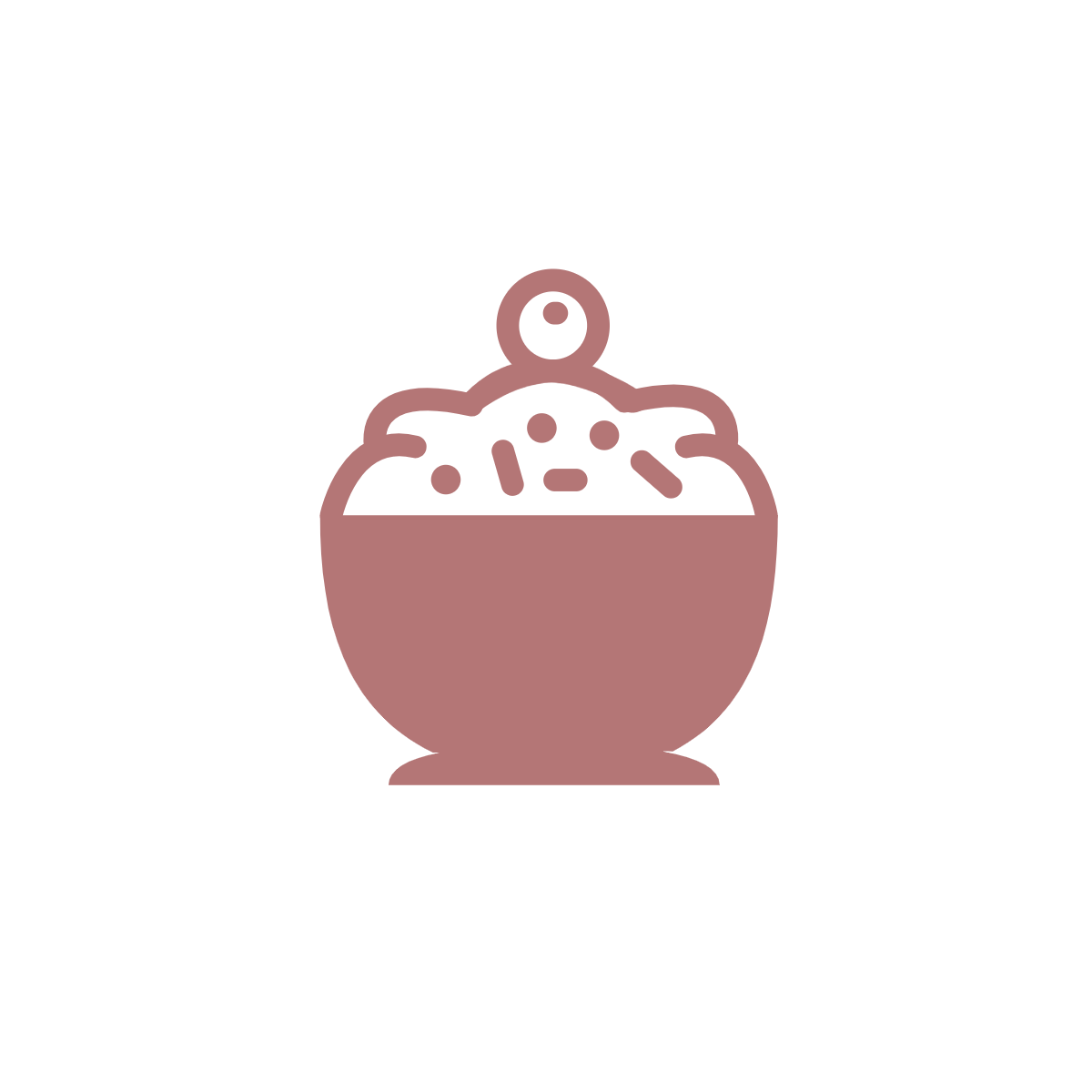
Ice cream B
Serving size: 1/2 cup (60g)
Sugar: 15g
Q: Which ice cream contains less sugar assuming we eat the same amount in weight?
It is hard to compare when the serving sizes are different on similar products. This means we have to do some math ourselves to find out the answer. Luckily, all our phones have calculators to make things slightly easier! So, here is an easy formula that can be used:
(Nutrient of choice in its weight) ÷ (Serving size in its weight)
A: In this case, we want the product with less sugar. Ice cream A has 0.2g of sugar per 1g of ice cream (20/100=0.2). Ice cream B has 0.25g of sugar per 1g of ice cream (15/60=0.25).
So we would buy ice cream A!
INGREDIENTS LIST
Each ingredient is listed in descending weight order. However, spices, herbs, seasoning, flavouring, flavour enhancers, food additives, minerals, nutrients, salts, and vitamins can be listed last in any order. Sugar-based ingredients are now grouped in brackets in descending weight order as well to help consumers better understand the different sources in the product.

Example of ingredients list
Reading this section is crucial if you want to avoid particular components. Be wary of things that may not be explicitly listed even though the product may contain it! See the next section: Hidden ingredients and aliases to learn more!
HIDDEN INGREDIENTS & ALIASES
WHAT FOOD LABELS AREN'T TELLING YOU
When we attempt to read the ingredients list, we come across loads of ingredients we don’t quite understand. Sometimes, it is just another way of listing an ingredient in a less obvious way. The top 3 hidden ingredients you should know are:
1) Gluten
Particularly crucial to those who are gluten sensitive, gluten intolerant, or have Celiac’s disease, avoiding gluten can make a huge impact in one’s health and associated symptoms
The following ALWAYS contain gluten:
- Barley
- Bulgar
- Cereal binding
- Couscous
- Durum
- Einkorn
- Emmer
- Filler
- Farro
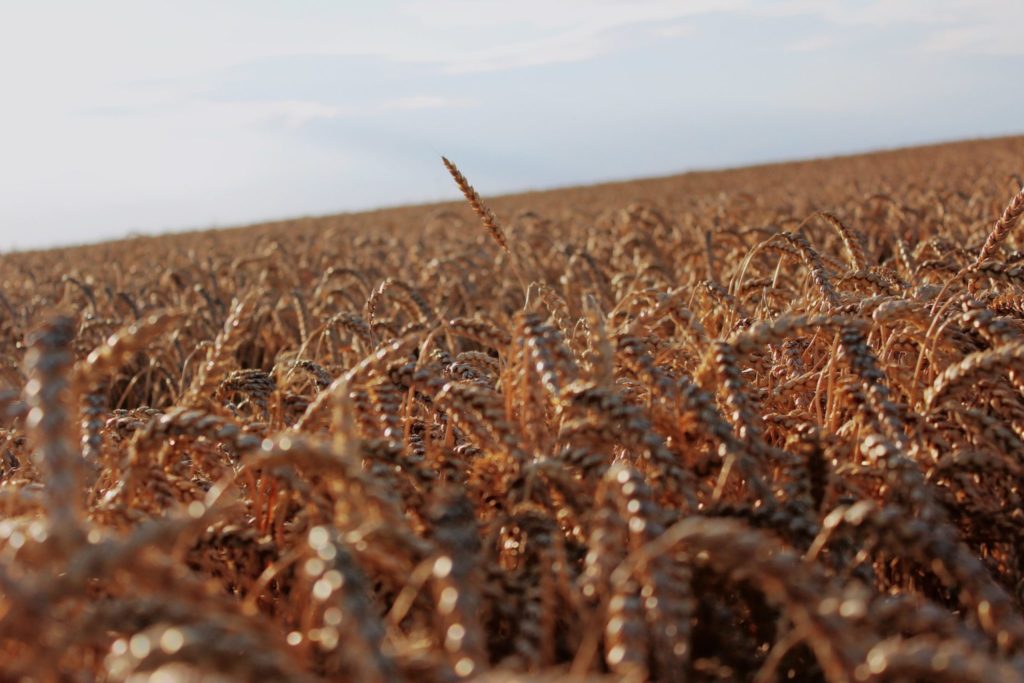
The following foods should be questioned for hidden gluten as they MIGHT contain ingredients that contain wheat itself, have grain additives, or are often contaminated:
If gluten is something you are avoiding, it is best to look for the Gluten-Free claim! To read more on why the above items should be on the gluten watch list, download our FREE guide here:
2) Dairy
Another common allergen is dairy. Whatever your reason is for avoiding this compound, these ingredients ALWAYS contain dairy:
- Acidophilus milk
- Ammonium caseinate
- Artificial butter flavor
- Butter
- Butter fat
- Butter oil
- Butter solids
- Buttermilk
- Calcium caseinate
- Casein
- Caseinate
- Cheese
- Condensed milk
- Cream
- Curds
- Custard
- Delactosed
- Dry milk powder
- Dry milk solids
- Evaporated milk Goat’s milk
- Hydrolysates
- Hydrolyzed casein
- Hydrolyzed milk protein
- Iron caseinate
- Lactalbumin
- Lactalbumin phosphate
- Lactate
- Lactoferrin
- Lactoglobulin
- Lactose
- Lactulose
- Magnesium caseinate
- Malted milk
- Milk (whole, low fat, & skim)
- Milk derivative
- Milk fat
- Milk powder
- Milk protein
- Milk solids
- Nougat
- Potassium caseinate
- Pudding
- Recaldent
- Ready sponge
- Rennet casein
- Sodium caseinate
- Sodium lactylate
- Sour cream
- Sour milk solids
- Sweetened condensed milk
- Whey
- Whey powder
- Whey protein concentrate
- Whey protein hydrolysate
- Yogurt
- Zinc caseinate
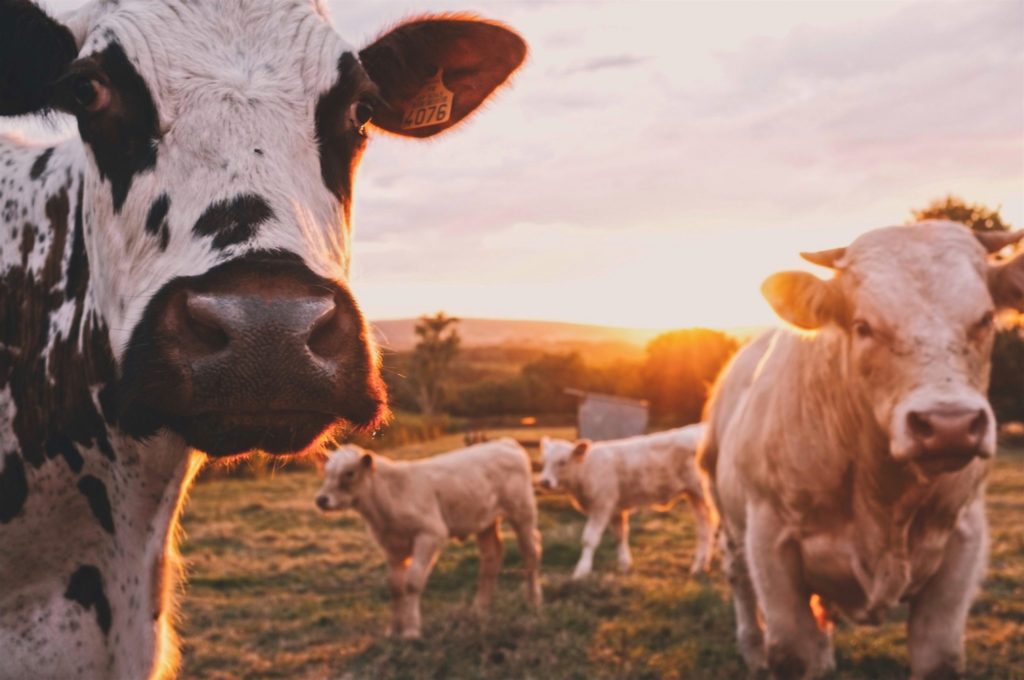
3) Monosodium Glutamate (MSG)
MSG is our infamous flavour enhancer. It has also been associated with quite a bit of side effects. These can include things like:
- Headache
- Flushing
- Sweating
- Facial pressure or tightness
- Numbness
- Weakness
- Tingling or burning in the face, neck, and other areas
- Rapid, fluttering heartbeats (palpitations)
- Chest pain
- Nausea
Here is a list of items that ALWAYS include MSG:
- Monopotassium glutamate
- Glutamate
- Glutamic acid
- Gelatin
- Calcium caseinate
- Sodium caseinate
- Soya sauce
- Textured protein
- Yeast nutrient
- Yeast extract
- Yeast food
- Autolyzed yeast
- Hydrolyzed protein
- Hydrolyzed corn gluten
- Umami
However it is important to keep in mind that naturally occurring MSG does exist in tomatoes, grapes, fruit juices, cheeses, and mushrooms. As a result, these foods can not be labeled as glutamate free even if it doesn’t have MSG as an additive.
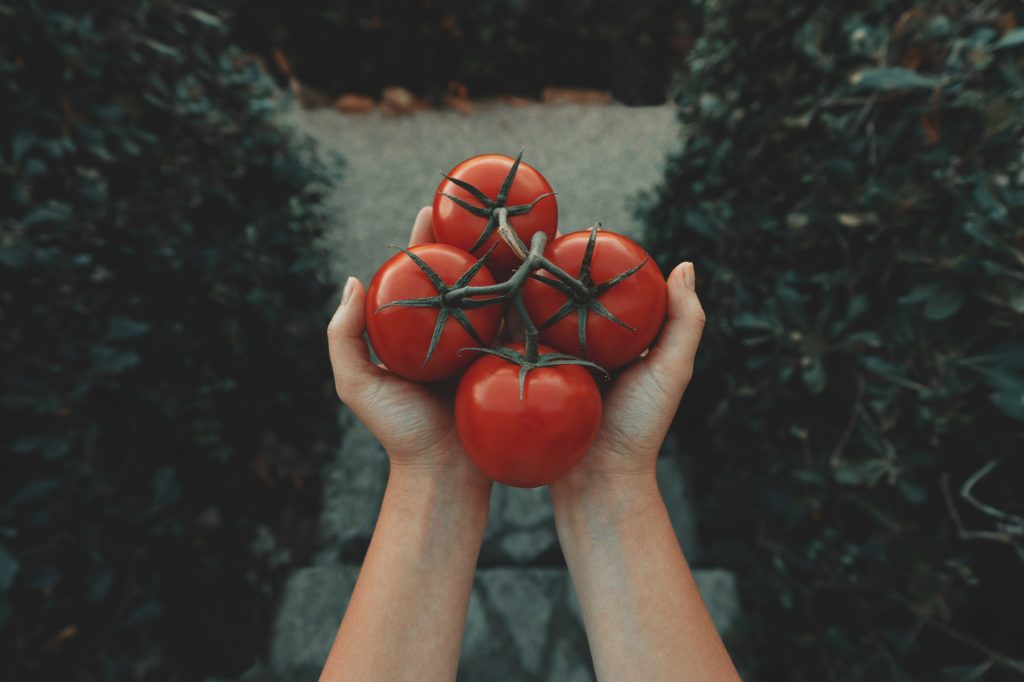
Similar to gluten, there are other ingredients that should be considered to contain or even create MSG in the process. Foods that MIGHT contain MSG include:
- Carrageenan
- Maltodextrin
- Malt extract
- Malt flavouring
- Citric acid
- Bouillon, broth, stock
- Natural pork/chicken/beef flavouring
- Ultra pasteurized soy protein isolate
- Soy sauce extract
- Soy protein
- Whey protein
- Protease
- Protease enzymes
- Any fortified protein
- Anything enzyme modified
- Anything fermented
If you come across words like “flavours/flavourings”, “natural flavours/ flavourings”, or “seasonings” in the ingredient list, these usually contain MSG!
NUTRIENT & LABEL CLAIMS
We have all seen it before: low fat, reduced sodium, sugar free, reduces risk of heart disease, free-range, raised with no antibiotics – the list goes on. Do you know what they actually mean? Understanding food labels here can prevent you from falling into marketing traps as these are all optional!
Here, we will go over:
Are you ready??
1) Nutrient Claims
Nutrient Claims
What They Actually Mean
Sugar Free
- Less than 0.5g of sugar
- Less than 5cal per serving
Reduced Sugar
- At least 25% less sugar per serving
No Sugar Added
- No sugar added during processing or packing.
- Includes products that already contain natural sugar (e.g. dried fruit & juice)
Fat Free
- Less than 0.5g of fat per serving
Saturated Fat Free
- Contains less than 0.2g of saturated fat per serving.
- Trans fatty acids are less than 0.2g
Trans-Fat Free
- Less than 0.2g of trans-fat per serving.
- Less than 2g saturated and trans fatty acid combined
Low Fat
- 3g or less per serving
Low Saturated Fat
- 2g or less saturated fat per serving.
- Not more than 15% of the total calories are from saturated & trans fat combined
Reduced or Less Fat
- At least 25% less fat per serving than the original reference food
Calorie Free
- Less than 5 cal per serving
Low Calorie
- Contains 40 calories or less per serving
Cholesterol Free
- Less than 2 mg of cholesterol per serving than the original reference food.
- 2g or less saturated & trans fatty acid combined
Low Cholesterol
- 20mg or less of cholesterol.
- 2g or less of saturated & trans fat combined per serving.
- Not more than 15% of the total calories are from saturated & trans fat combined
Reduced or Less Cholesterol
- At least 25% less cholesterol than similar product
Sodium Free
- Less than 5mg per serving
Very Low Sodium
- 35mg or less per serving
Low Sodium
- 140mg or less per serving
Reduced or Less Sodium
- At least 25% less per serving than the original reference food
Source Contains Fibre
- At least 2g of fibre per serving
High Fibre
- At least 4g of fibre per serving
- High fibre claims must also meet the criteria for low fat or total fat must be shown next to the high fiber claim
Excellent source/ Very High/Rich in Fibre
- At least 6g of fibre per serving
More/ Higher Fibre
- At least 1g more per serving, or at least 2g more in prepackaged meals
Lean Meat
- Contains less than 10% fat
Extra Lean Meat
- Contains less than 7.5% fat
Source Contains Omega 3
- At least 0.3g of omega 3 per serving
Source Contains Omega 6
- At least 2g of omega 6 per serving
Source Contains Vitamin __
- At least 5% of the recommended daily intake
Good Source of Vitamin __
- At least 15% of the recommended daily intake except for vitamin C which requires at least 30%
Very high/ Rich in Vitamin __
- At least 25% of the recommended daily intake except vitamin C which requires at least 50%
- At least 50% less of that added nutrient compared to the original
Light
- Food processed/modified to contain 25% less than a similar product
Fortified
- Where a vitamin/mineral/amino acid is added
2) Health Claims
These claims are likely the ones to capture people’s attention the most. It tells you the benefits of the item without even reading the ingredients!
Let’s look at what these claims actually mean:
- Low/free of sodium
- May be high in potassium
- Low in saturated fats
- Limited alcohol content
- More than 40 cal (unless fruit/veg)
- Contains at least 1 vitamin or mineral
Reduced osteoporosis
- High in calcium and vitamin D
- Phosphorus content is less than calcium
- Limited alcohol content. More than 40cal (unless fruit/veg)
- Low/free of saturated & trans fat
- Limited cholesterol, sodium, and alcohol
- More than 40 cal (unless fruit/veg)
- At least 1 vitamin or mineral
- Is a source of omega 3 or 6
- Product of fruits & vegetables
- limited alcohol
- Can be fresh, frozen, dried, canned, juiced
Lowers cholesterol
- At least 0.65g free plant sterols or stannous per serving size
- At least 10% of weighted recommended nutrient intake of a mineral or vitamin
- Less than 100mg cholesterol per 100g
- Less than 0.5% alcohol content
- Less than 480mg sodium
- Low in saturated fatty acids
3) Condition Claims
When talking about condition claims, we are looking at the conditions the animals are raised in. This is probably one of the more confusing ones just because there are so many that sound very similar – so let’s take a look!
Fed no/raised without: Raised on feed that is free of stated ingredient or component.
Raised without antibiotics: No administration through feed, water, injection, local application, injection to embryos/eggs, lactating mother
Grain-fed: This can be used if a minimum % of feed is made up of grain or grain byproducts calculated over the animal’s life cycle. The other % makeup of does not have to consist of grains
-
- Beef & other red meat: 75%
- Turkey: 80%
- Chicken: 85%
Vegetarian grain-fed (for chickens): The feed used contains only vegetable protein such as soy. This can change the flavour and colour of the meat.
Free-run: Does not necessarily have to be raised outside, but are required to move around freely within an area. **Chickens raised for meat in Canada are free run
Free range: Must have access to the outdoors. However, there is no legal definition of free range in Canada
Hormone/Steroid free: Often a marketing tactic since hormone and steroid use (especially in poultry) have been banned
Halal: Food permissible according to Islamic law, it refers to the proper handling of the animal to minimize suffering.
Kosher: Kosher foods meet the dietary requirements of Jewish laws. It refers to the content and production requirements, not the cuisine itself. For example, mammals must have split hooves, and chew their cud. Fish must have fins and removable scales.
4) Composition Claims
Composition claims are ones that highlight a particular ingredient to draw attention to or emphasize the presence of a particular ingredient. HOWEVER, there is currently NO guideline on how much actually has to be in there to use such a claim!
5) Organic Claims
A product can be labeled organic if more than 70% of the food has organic content. If it falls between 70-95%, it can be labeled as organic, but the organic logo cannot be used. If there is at least 95% of organic content, then the logo can be used.
In order for imported organic products to be labeled, they must have an organic equivalency. This means that the products must be certified by the foreign country and recognized by Canada. Canada compares the regulatory system to ensure the standards, principles, and outcomes are consistent. These items may also use the Canada Organic Logo. Current equivalency arrangements in place include: Costa Rica, European Union, Japan, Switzerland, and United States.
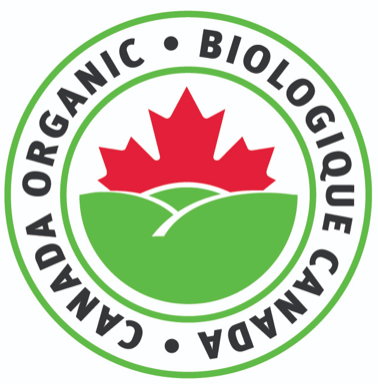
Canada
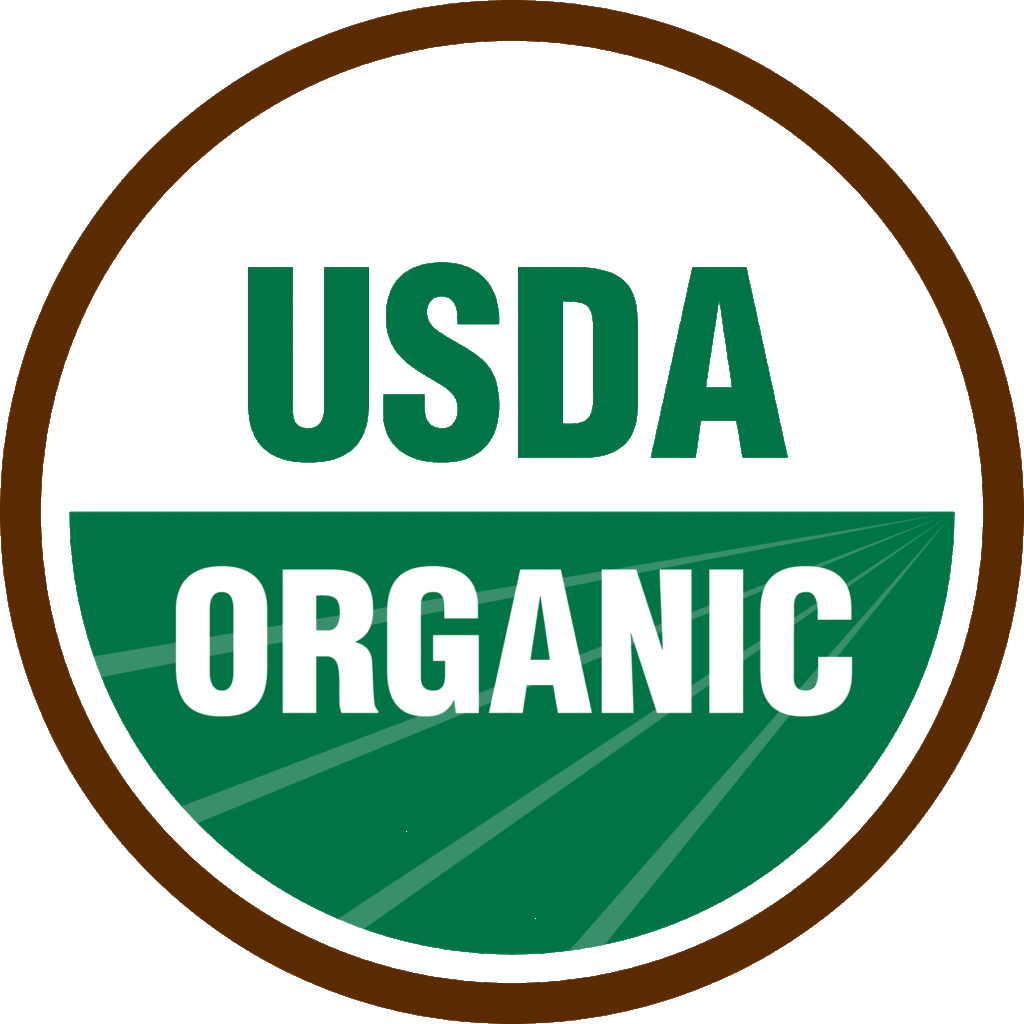
United States

European Union
5) True/Real/Pure/100% Claims
ADDITIVES
There are thousands of additives used today but only 950 are considered safe! Although they help keep food fresher, make it easier to store, replace nutrients lost during processing, and help food look better, it is associated with a lot of health risks.
Additives including antibiotics, BHA (butylated hydroxyanisole), BHT (butylated hydroxytoluene), caffeine, carrageenan, EDTA (Disodium ethylene diaminetetra acetate), MSG (monosodium glutamate), nitrites/nitrates, parabens, pesticides, propyl gallate, sodium chloride, sulphurs/sulphites can have potential health risks.
See the table below to understand what it can do and where they are commonly found.
Additive
What it does
Where it's found
Antibiotics
(Treat & prevent illness in livestock)
- Depressed immune function
- Food allergies
- Antibiotic resistance
- 95% of beef, farmed fish, chickens (laying hens)
BHA (butylated hydroxyanisole) & BHT (butylated hydroxytoluene)
Preservative & antioxidant
- BHA prevents rancidity in fats, oils, & oil containing foods
- BHT slows rancidity in oils
- Both associated with increased risk of cancer
- Added to fats, oils, and foods that contain oil
Caffeine
Stimulant
- Health risks: fibrocystic breast disease, birth defects, gut disturbances, pancreatic cancer
- Naturally found in coffee, tea, cocoa, coffee flavoured yogurt & frozen desserts
- Additive in soft drinks, gum, water
Carrageenan
Thickening & stabilizing agent
- Made from seaweed
- Health risks: ulcers, colitis, colon cancer, decreased # of live births in animals
- Ice cream, jelly, chocolate milk, infant formula
EDTA (disodium ethylene diaminetetra acetate)
Sequestering agent & preservative
- Health risks: skin irritations, allergic reactions, intestinal upset, kidney damage
- Salad dressing, margarine, sandwich spreads, mayo, processed fruits & veg, canned shellfish, soft drinks
- Additive in some liquid multivitamin preparations
MSG (monosodium glutamate)
Flavour enhancer
- Made from fermentation of molasses or sodium & glutamic acid
- Health risks: headaches, nausea, weakness, difficulty breathing, burning sensation in back of neck and forearms
- In lots of foods!
- Canned foods, dressings, frozen foods, soups, chips, restaurant foods etc
Nitrites & Nitrates
Preservative
- Prevents bacterial growth
- Enhances flavour
- Preserves red colour of meats
- Nitrates are generally harmless but nitrosamines are carcinogenic
- Nitrates & nitrites react with proteins in the stomach to produce nitrosamines
- Tap water
- Spinach, beets, radishes, eggplant, celery, lettuce, other greens (due to use of nitrate fertilizers)
Parabens (212-219)
Preservative
- Considered carcinogenic (have been found in high concentration in breast tumours)
- Health risks: severe contact dermatitis, skin redness, swelling, itching, asthma attacks, anaphylactic shocks (in susceptible people)
- Most common preservatives used in foods, medications, & makeup
- Baked goods, frozen dairy items, fruit juices, jams, jellies, processed vegetables, salad dressings, soft drinks, syrups
- Medications: preparations for eyes & nose, nose drops, rectal & vaginal items, bandages, local anaesthetics
Pesticides
- Health risks: irritation to eyes, nose, & throat, damage to central nervous system, kidney damage, cancer
- Non organic fruits and vegetables
- Water, air
Propyl gallate
Preservative & antioxidant
- Slows spoilage of fats & oils
- Often used with BHA & BHT
- Health risks: allergies, liver & kidney damage, reproductive problems, lymphoma, cancer
- Vegetable oil, meat products potato sticks, chick soup base, gum
Sodium chloride (salt)
Preservative
- Health risks: high blood pressure, increased risk of heart attack & stroke
- Other additives contribute to sodium levels
- Processed foods, restaurant meals, canned foods
Sulphur/ Sulphites (potassium bisulphate, potassium metabisulphite, sodium bisulphate, sodium metabisulphite, sodium sulphite, sodium dithionite, sulphurous acid)
Preservative & antioxidant
- Made from coal tar
- Health risks: allergies, breathing difficulty
- Avoid in cases of asthma & aspirin allergies (risk of anaphylactic shock)
- Degrades vitamin B1
- Dried fruits, vegetable & fruit juices, some dried, fried, or frozen potatoes, shellfish, jams, jellies, marmalades, molasses, gelatine, mincemeat, tomato paste, ketchup, pickles
ARTIFICIAL COLOURS
Majority of our food colourings are synthetic & are derived from things like coal, tar, or petroleum.
It is mainly found in low nutritional value foods such as candy, soda, and processed foods.
In fact, it has been linked to hyperactivity and allergic disorders in kids!
Here are the commonly used artificial food colouring, where it is found, and its associated health risk:
- Red3: Non-water soluble form FDA banned due to its link to thyroid cancer in rats. water soluble form still in use. (Found in maraschino cherries, candy, and baked goods)
- Red40: #1 most widely used artificial food dye. Inconclusive data even though it is the most tested food dye. (Found in soda, candy, gelatin desserts, pastry, pet food, sausages)
- Yellow5: #2 most widely used artificial colour. Can cause mild allergic reactions especially in those sensitive to Aspirin. (Found in gelatin dessert, candy, pet food, baked goods)
- Yellow6: #3 most widely used artificial colour. Associated with increased risk of adrenal gland and kidney tumours. May also cause allergic reactions. (Found in beverages, sausages, baked goods, candy, gelatin)
- Blue1: Increased cancer risk. (Found in beverages, candy, baked goods)
- Blue2: Increased risk of brain tumours in mice. (Found in wet food, beverages, candy)
- Green3: Was previously linked to bladder cancer but was reanalyzed and was said to be safe by the FDA (Found in candy, beverages)
SWEETENERS
Sugar is the most common additive!
Other sweeteners such as aspartame, fructose, high fructose corn syrup, lactitol, lactose, Maltitol, mannitol, saccharin, sorbitol, stevioside, and sucralose are found in many of our grocery items.
Let’s look at the health risks and where it is found in the table below:
Sweetener
What it does
Where it's found
Aspartame (equal, nutrasweet)
- Breaks down into formaldehyde in the body
- Health risks: obesity, appetite stimulant, diabetes, insulin resistance, dental caries, abnormal fetal brain development
- Diet soft drinks, sugar free products
Fructose (levulose)
- Occurs naturally in fruits & vegetables
- Table sugar breaks down into equal parts fructose & glucose (dextrose)
- Small amounts are safe & do not boost blood sugar levels (makes this attractive to diabetics)
- Large amounts increase triglyceride levels (increases risk of heart disease)
- Health drinks, high fructose corn syrup
High fructose corn syrup
- Made from corn syrup, treated with enzymes to convert some of its dextrose to fructose
- Soft drinks, processed foods (replaces sugar because it’s cheaper)
Lactitol (polyol)
- Made from lactose (milk sugar)
- Poorly absorbed in the body
- Does not promote tooth decay
- Large amounts (20-30g+) can cause loose stools or diarrhea
- Candy, chocolates, baked goods, ice cream, other sugar free products
Lactose
- Found only in milk
- Milk turns sour when bacteria convert lactose to lactic acid
- Many have difficulty digesting lactose
- Whipped topping mix, breakfast pastry, dairy products
Maltitol (polyol)
- Made from hydrogenating maltose from corn syrup
- Poorly absorbed in the body
- Does not promote tooth decay
- Large amounts (20-30g+) may have laxative effect
- Candy, chocolate, jams, other sugar free foods
Mannitol
- Poorly absorbed in the body
- Half has many calories as equal amount of sugar
- Large amounts can have laxative effects
- Gum, low calorie foods
Saccharin (sweet n low)
- 350x sweeter than sugar
- Health risk: increased cancers of bladder, uterus, ovaries, skin, & blood vessels
- Studies shown that it increases the strength of other cancer causing chemicals
- Tabletop sweetener, diabetic foods
Sorbitol
- Occurs naturally in fruits & berries
- Used in non-cariogenic (non decay causing) gum since oral bacteria cannot metabolize it well
- Used in diabetic foods (it is absorbed slowly and does not cause blood sugar to increase quickly)
- Moderate amounts may have a strong laxative effect, can cause diarrhea
- Diabetic drinks & foods, candy, shredded coconut, gum
Stevioside (stevia)
- 100x sweeter than sugar
- Obtained from Yerba Dulce shrub
- Health food industry advocates extract as a safe alternative to synthetic sweeteners
- Sold as “dietary supplement” and is contained in some drinks, & teas
Sucralose (splenda)
- Made by chemically reacting sucrose with chlorine
- Considered safer than other synthetic sweeteners but should be used with caution
- Diet foods, soft drinks, baked goods, ice cream, sugar replacements
Sugar (sucrose)
- Ordinary table sugar
- Occurs naturally in fruit, sugar cane, sugar beets
- Health risks: fluctuations in blood sugar leading to diabetes, insulin resistance, obesity dental caries, depressed immunity
- Table sugar, sweetened foods
Did you know sugar is one of the most addicting substances? When we have sugar, dopamine is released which is associated with our pleasure circuit. We also get a temporary “high” and energy that makes us crave it! If you want support in kicking your sugar addiction, book an appointment today to work with a naturopathic doctor
We would love to know your biggest take-away! Have you ever fallen for any marketing traps? Let us know in the comments below 🙂
If you’re ready to optimize your nutrients and maximize the fuel your body needs to achieve your health goals, book with us today to get started!
References:
https://www.gov.mb.ca/agriculture/food-and-ag-processing/starting-a-food-business/pubs/food-labelling.pdf
https://www.canada.ca/en/health-canada/services/understanding-food-labels.html
https://www.inspection.gc.ca/food-label-requirements/labelling/consumers/eng/1400426541985/1400455563893
https://www.inspection.gc.ca/organic-products/equivalence-arrangements/eng/1311987562418/1311987760268
https://www.chickenfarmers.ca/the-wheel-of-chicken-understanding-your-choices
http://www.truthinlabeling.org/index.html
https://www.mayoclinic.org/healthy-lifestyle/nutrition-and-healthy-eating/expert-answers/monosodium-glutamate/faq-20058196
Photos obtained from unsplash.com



